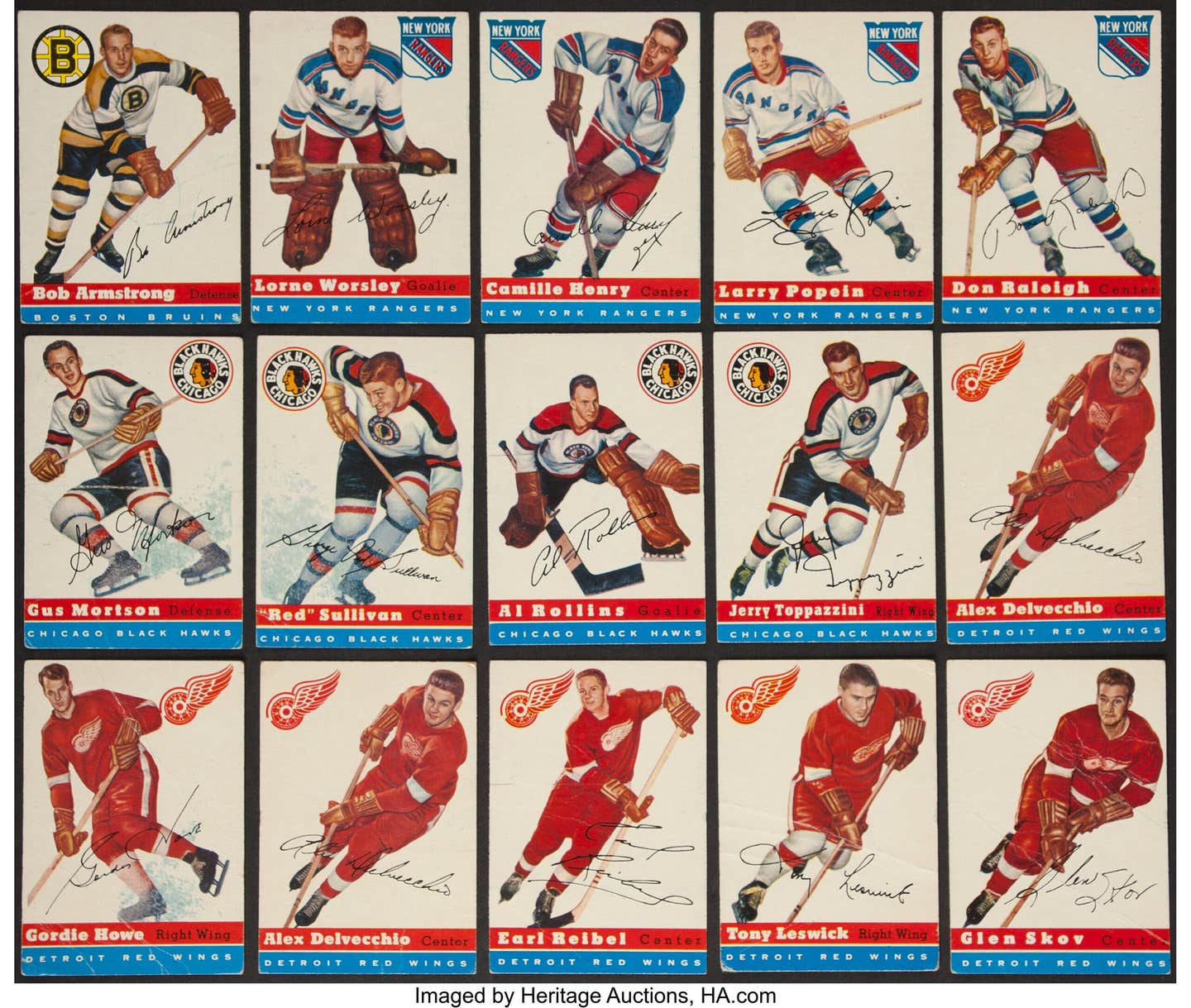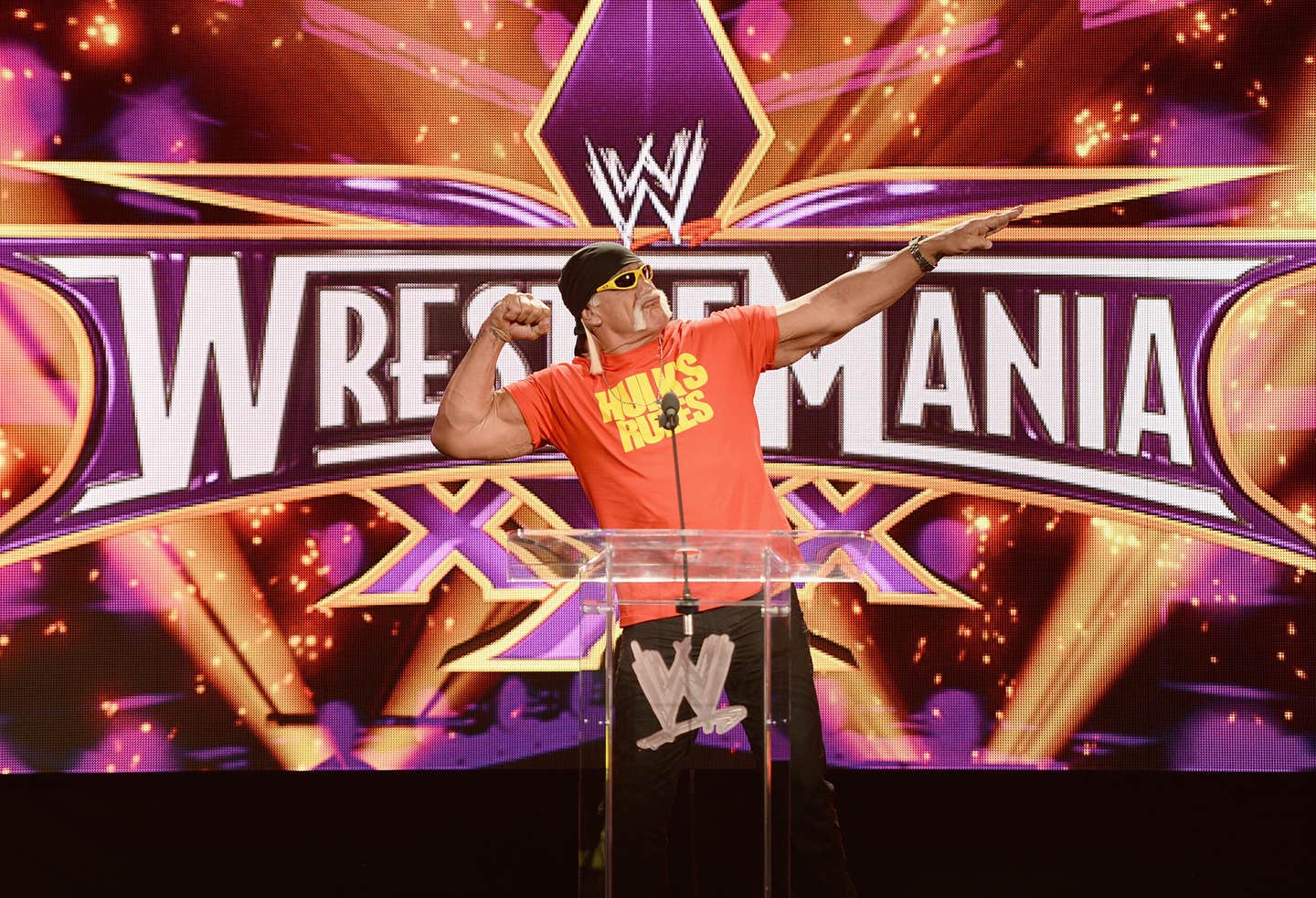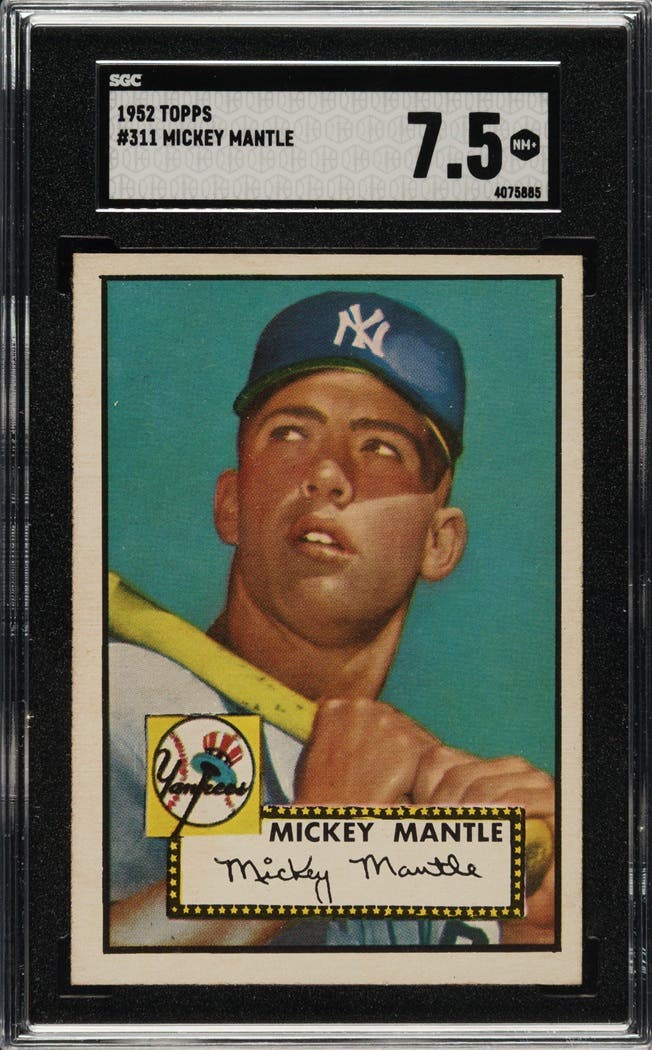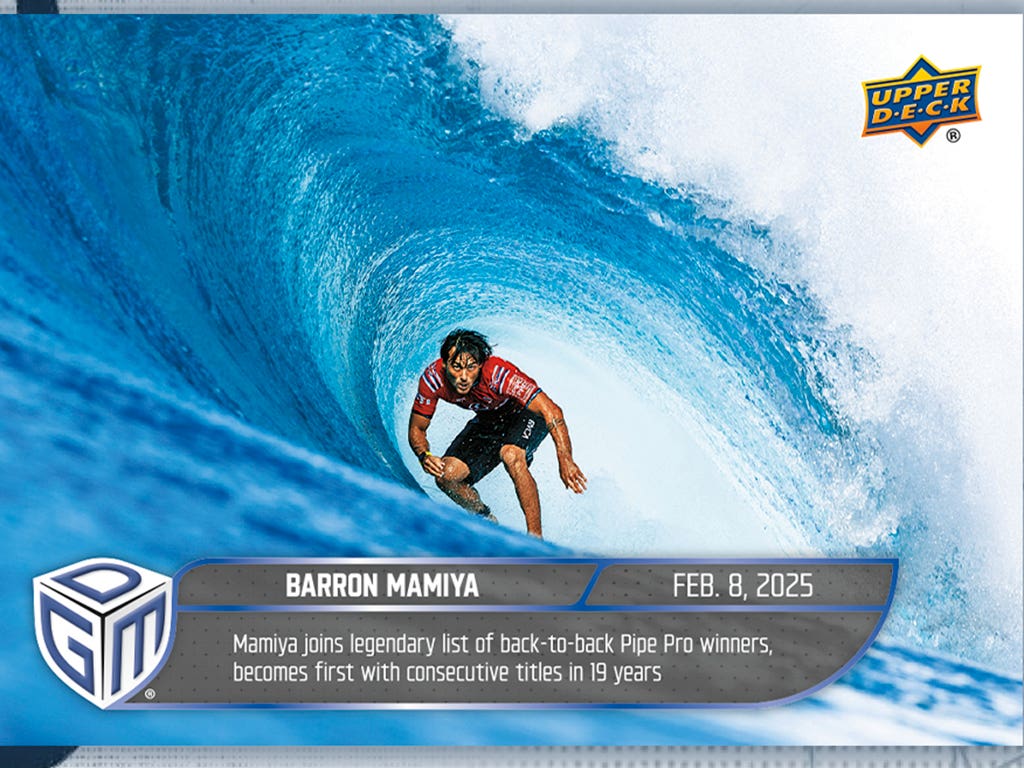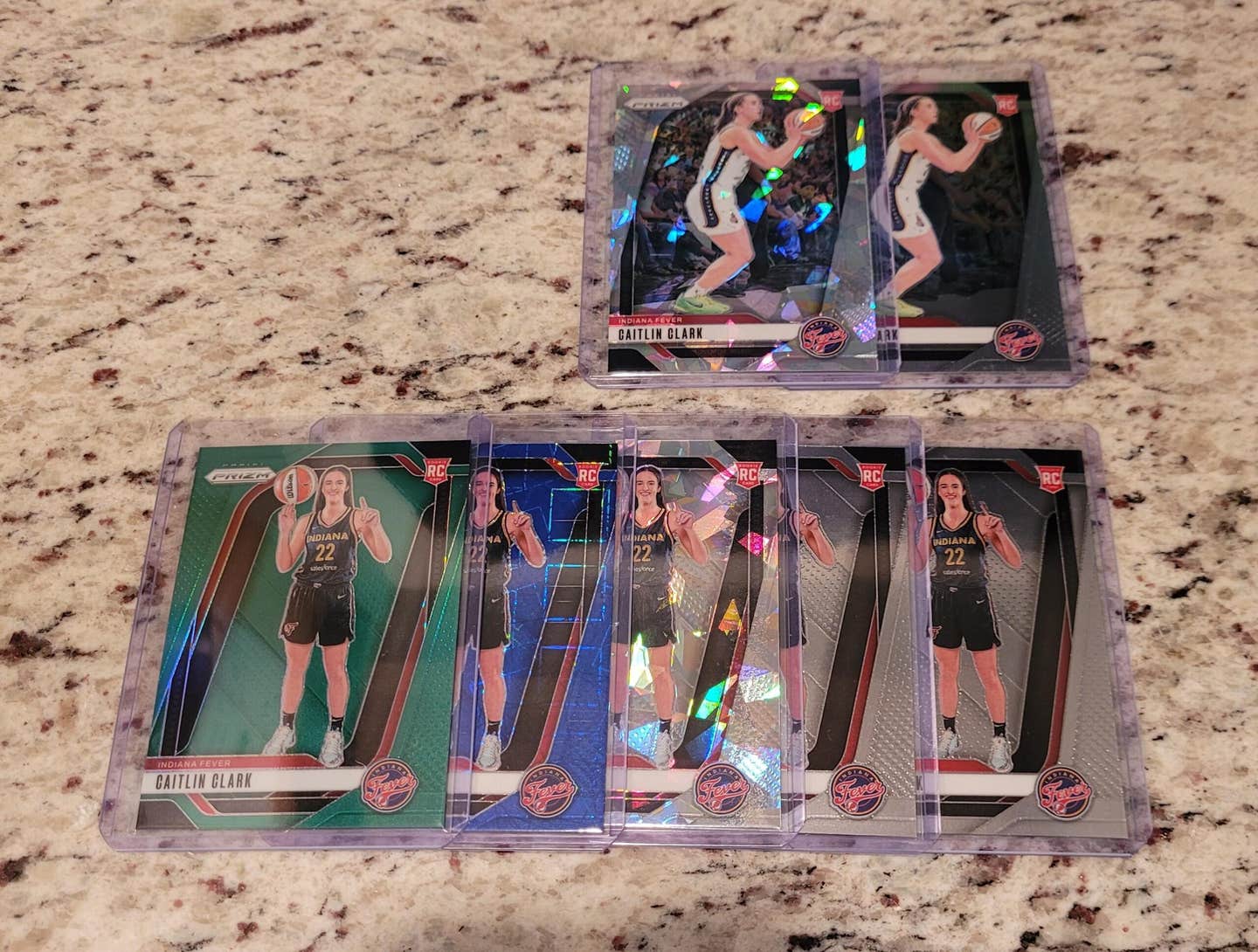News
Old Hickory Bat Company is now a top manufacturer of major league baseball bats
By Barry Blair
I arrived in town a day early for Jeff Roberts’ winter Nashville Sports Card and Collectibles Show, which I will say, has turned into one of the better shows held in the South each year. With a little extra time on my hands on Friday afternoon, I decided to drive out some twenty miles to the north of the Music City to Goodlettsville, and check out the Old Hickory Bat Company.
If you are a collector of bats, you should know that Old Hickory is one of the top manufacturers of major league baseball bats and they are also one of the fastest growing companies in that industry as well. Top players such as Mike Trout, Nolan Arenado, Yasiel Puig, Paul Goldschmidt, and J.D. Martinez swing their sticks. Started in 1999, as a one man operation in a one car garage, they now manufacture and sell their bats all over the world.
Having toured the Louisville Slugger plant and museum in downtown Louisville, I was somewhat surprised upon my arrival at the simplicity of the Old Hickory Bat operation from the outside. Going out of Goodlettsville some seven miles on a two lane road, I saw a small road sign that let me know I was in the right place. It took me down a country lane to what looked to be your typical metal industrial building. Once inside though, it was easy to see that everything was all about business. And that business is making top quality wooden baseball bats.
The first person I met was Chad Lamberth, the facility and production manager. “Things are a little crazy around here right now,” he said, as he never slowed down. “We are going full out to get bats out to Spring Training in Arizona and Florida. It’s Friday afternoon and we need to get these orders filled. It is our time of the year.”
He quickly hooked me up with Coy Adams, who gave me a tour of the manufacturing facility. While they are currently operating out of what is basically a large one room shop, sitting just behind that is a new facility that is under construction. Adams showed me all around the current plant, explaining their process from start to finish. From the billets that they hand pick of ash and maple woods, each bat is cut, then hand sanded, and hand finished to each player’s exact specifications. Next, they carefully box them and ship them to the various players in Spring Training or on to their big league ballparks. There were boxes stacked up with the names of major league players written out on the end of them in the room, ready to go.
“We have two sales reps,” he told me, “one in Florida and one in Arizona, and they are out there right now getting our bats in the hands of players to try. If they like them, they will give us an order, each one made to fit the player’s specifications. We have to quickly turn that around and get them back out to them.”
One of the newest trends he showed me, were bats with an ax handle shaped knob on the end.
“It’s supposed to cut down on injuries to the player’s hands, especially the hamate bone on the wrist,” he said. “Several players are going to them, or at least giving them a try this spring.”
He showed me how bats were individually stained or painted to meet the player’s needs.
“Also, players want things done a certain way for special events, like the All-Star Game and the Home Run Derby,” Adams said.
For that, he showed me some bats that had been done in a red, white, and blue motif. He walked me over to where some bats had just been finished.
“Then you have this,” he said, showing me a bat for Paul Goldschmidt of the St. Louis Cardinals. “He likes his bats unfinished, just as they come off the line, with nothing added to them.”
Next, he took me up to the office where I was introduced to Jon Moyer, the man who founded the company in his garage some thirty years ago. I told him that I was impressed that Mike Trout of the Los Angeles Angels, the #1 rated player in the world, used his bats. Not long after my tour, Trout was reportedly close to signing the richest sports contract in history – $430 million over 12 years. And here, in this one room metal building out in the Tennessee countryside, is where the bats that he does all his work with are being made.
“We put one of our bats in his hands at a showcase in Atlanta when he was in the tenth grade,” Moyer said. “He hasn’t used anything but that model bat since then.”
I asked Moyer if he had any idea about what Trout’s game-used bats sold for on the secondary, or collectibles market, or if that was anything he even looked at or thought about. “Do you know that they go for well over a thousand dollars, and sometimes more than that?” I asked
“No, not really,” he said, with a laugh. “We are doing all we can here to get our bats out to people as the orders come in.”
He paused, then said, “You know they cut one of my bats up one time. It was when Sammy Sosa was hitting all those home runs, they confiscated his bat after a game and cut it open to see if it had cork in it.”
He shook his head. It wasn’t the cork they needed to be worried about, I thought to myself. They needed to check Sammy.
“Have you seen any of the baseball cards with players holding your bats on them, with the label showing?” I asked.
“A few,” he said.
I made a note to send him some as I ran across them this year at shows.
“I’ll show you something else we do,” he said, holding up a bat. “We put an ID number on the barrel of every bat we make. It tells you when it was made, and the player’s individual model number. We are proud of that.”
“Do you have a number on how many players in the majors are using your bats?” I asked.
“This spring, I would say around sixty,” he said.
I went back and did a little research on Old Hickory bats on the collectibles market. The bats are a hot commodity, based on prices found on the internet. These prices are for game-used bats for big named players. Most were listed as autographed, but not all. Trout’s were listed in the range of $800 to $1,500, and there were a lot of them out there. Goldschmidt had the most expensive one I saw, with a price of $1,900. There are a lot of his listed as well, most of them in the same range as Trout’s. Arenado of the Colorado Rockies had gamers selling in a wide range from $500 to $1,700, as did Puig of the Cincinnati Reds, and Martinez of the World Champion Boston Red Sox.
There were others for players such as Justin Bour, Charlie Blackmon, Hanley Ramirez, and Byron Buxton, selling anywhere from $200 to $500. There were even some from Tim Federowicz, from his days with the Los Angeles Dodgers, going in the $100 range.
They quizzed me about being in town for the card show. “You should go,” I told them. “You’ll probably see some of your bats there for sale.”
“I’d like to,” Lamberth told me, “but I can’t do it this time of year, I’ve got a lot of bats to get finished and shipped out of here.”
Sure enough, on Saturday, I saw a couple of game-used Old Hickory Bats on a table for sale.
By the way, if Nashville is an indication, the collectibles business is in good shape. There were many people there. You had to wait to get to the tables for most of the morning. The waiting can be an annoyance at times, but it sure makes for an exciting show.
My hat is off to Moyer, Lamberth, and Adams of Old Hickory Bat Company for what they do. Thanks for giving of your time on a very busy day to tour your plant and speak with me. You guys are all part of a true American success story.
Barry Blair is an author/writer and an avid collector from Jonesborough, TN. You can visit his website at www.rightfieldpress.com or reach him by e-mail at barryblair54@gmail.com.



